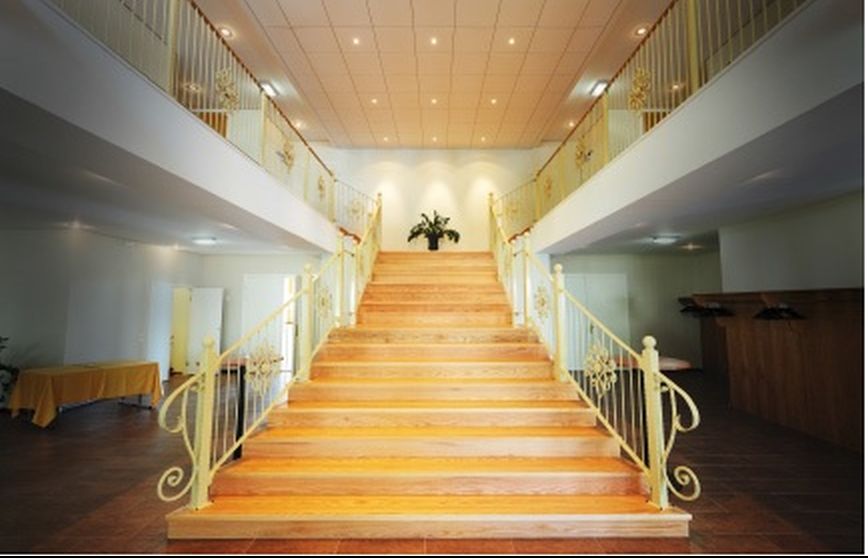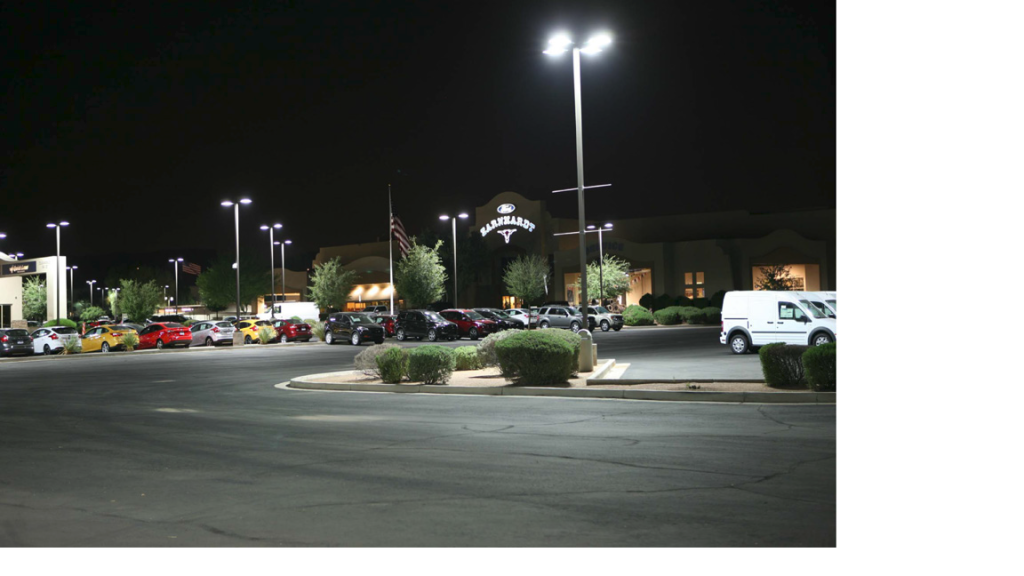Architectural Lighting Fixtures are designed to enhance workspace efficiencies, create environments that are healthy, reduce carbon footprint with sustainable means, and achieve true building innovation. Our state-of-the-art, energy-efficient architectural and commercial lighting fixtures offer practical, reliable, and dynamic lighting solutions from the owner to the architect to the architectural specifier.
LED Lighting in Architectural Lighting
Traditionally, architectural lighting fixtures were used in the production of lighting for key interior and exterior aspects of exhibitions, museums, heritage sites, landmarks, retail, and leisure structures and spaces that identified a historical period, cultural environment, or the signature of the designer. Using natural light during the day, and artificial light at night, owing to the use of architectural lighting fixtures, it was – and still is – possible to highlight the important details of the structure or space, as well as its setting, supporting its artistic, historical, and social value.
Are you looking for decorative, functional state-of-the-art LED architectural lighting fixtures? Call sales toll-free 1-844-LED PROS (1-844-533-7767)
Today, architectural lighting fixtures are used for a myriad of other things, like city and street lighting to create safe conditions for people and enhance the image of the city for both tourists and residents. It can also be used for entertainment lighting, to create the right mood in leisure and retail applications, and provide the best possible presentation of associated products and services. Powerful light output, a broad color palette, accurate color rendition, quality optics, precise beam control, and smooth uniform wash are all vital elements of the lighting.
In recent years, the LED light source has changed the lighting industry with LED lighting evolving into white and colored architectural LED lighting. The longevity attribute of LED lighting considerably reduces maintenance costs, which is why it is widely used in advertising light boxes, street lighting, vending machines, and gas stations. While this means of lighting cannot be applied to all sectors, there are certain areas where such technology fits well. Moreover, the quality of LED light and the design concepts of the fixtures vary to a great extent in different lighting projects.
Why LED lighting?
LED lighting typically requires lower power consumption; less than 50 percent of the energy required for conventional lighting. This translates to lower operation costs and electricity bulls, making it the ideal lighting means for many industries. Furthermore, while traditional lighting, such as fluorescent lamps, does not function well in cold weather, LED lighting is not subject to that kind of interference, making it extremely suitable for outdoor architectural lighting.
Beautiful architectural design does not necessarily mean a compromise in environmental responsibility. In fact, architectural design fixtures can deliver excellent performance for contour lighting, undershelf, cove, and backlighting.
Architectural lighting fixtures delivers:
• Considerable cost reduction: compared to standard fluorescent and neon lamps, architectural LED systems offer considerable cost reductions owing to the energy-efficient operation, less frequent maintenance, and easier job site installation. This is, of course, in addition to the delivery of exceptional illumination of building structures and architectural systems.
• Flexible installation: besides the enormous savings in energy use, LED architectural lighting fixtures also give lighting designers plenty of creative flexibility during installation. The fixtures are designed to embrace and highlight architectural shapes splendidly and formed to fit a broad range of applications. With numerous shapes and colors to choose from, designers can mix-and-match components to come up with bold designs and striking accent lighting.
• Uniformity and consistent brightness: even when compared to the most efficient fluorescent lamps, LED systems have a great advantage in architectural applications because of the directional nature of their light. The fact that LED offers 75,000 hours of lighting eliminates inconsistencies arising from relamping errors. Factors that affect brand images, such as dimmed or burned-out lamps, different levels of brightness, or incorrect color temperatures will cease to exist. Basically, the building structures will be illuminated by bright, even white light, with no socket shadows to interfere with uniformity.

Quality of Light in Architectural Lighting Fixtures
The quality of light, or rather the effectiveness of the light source while in the application, is the measure of how well architectural lighting fixtures can meet various functional needs, such as spotlight, uplight, downlight, floodlight, wall washer, and light for high bay ceilings. Two elements that influence the quality of architectural LED lighting are:
1. Consistency: This refers to the stability and evenness of the color temperature of the light source, particularly when two sources of light are compared with each other. In essence, a lighting product is more stable if the double binning system is utilized by the manufacturer, which is critical for architectural lighting. It becomes an obvious design mistake if two adjacent LED wall washers exhibit visible differences in color temperature. Consistency can also be used in reference to stability over time, including whether luminous decay or color temperature will change after a period of use.
2. Color rendering: With so many LED products in the market, designers should be careful not to mistake high CRI to mean excellent CRI. For instance, in galleries and museums where the lit pieces require precise color rendering, it is best to opt for LED SPD – Spectral Power Distribution. This ensures that the wavelength is continuous, so the objects are presented in their natural colors.
In addition, architectural lighting fixtures used as outdoor floodlights and ground-and-floor-recessed luminaries ensure comfortable lighting conditions, provide safety, and will withstand vandalism and bad weather.
For proper lighting, the luminaires must have reflectors, lenses, and optics that produce a broad range of lighting effects, from focused light beams for lighting details to wall washer lighting effects for the uniform lighting of walls and display surfaces. Outdoor pendants and ceiling-mounted luminaires are preferred for open spaces on the building’s exterior.
Today’s process in lighting design is a partnership of multiple disciplines. Contemporary lighting designs for architectural, upscale retail stores, boutiques, studios, leisure, and entertainment spaces and structures is in high demand. The installation requires experienced architectural lighting specialists with a profound understanding of how light is produced and distributed. This makes it a more costly endeavor for clients, but definitely worth it.
Modern architectural lighting fixtures can help to bring whatever structure or space you wish to illuminate to life in a myriad of different ways. The resulting effects are truly stunning, combining light quality and energy efficiency, and are worth every penny of investment.


